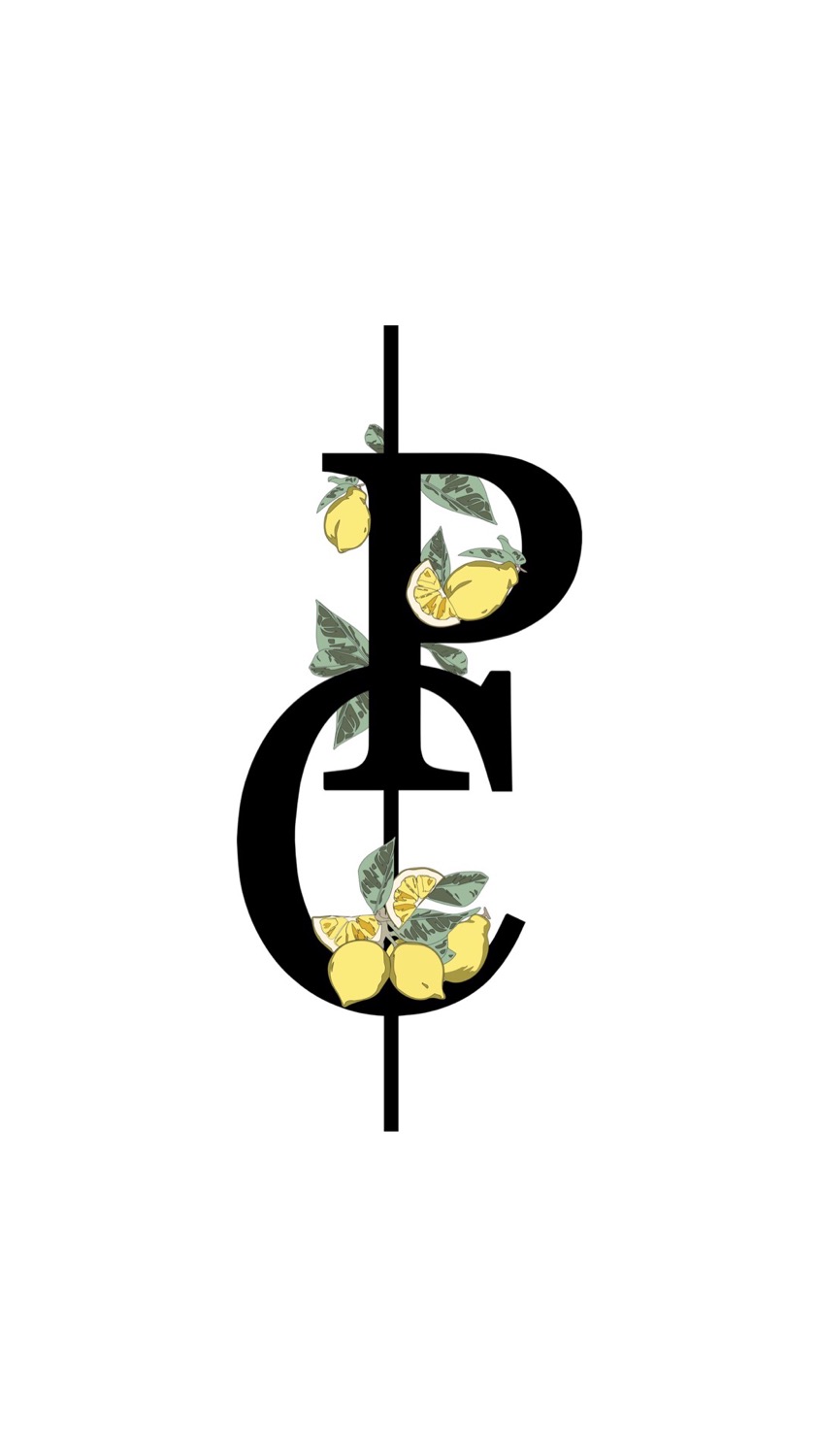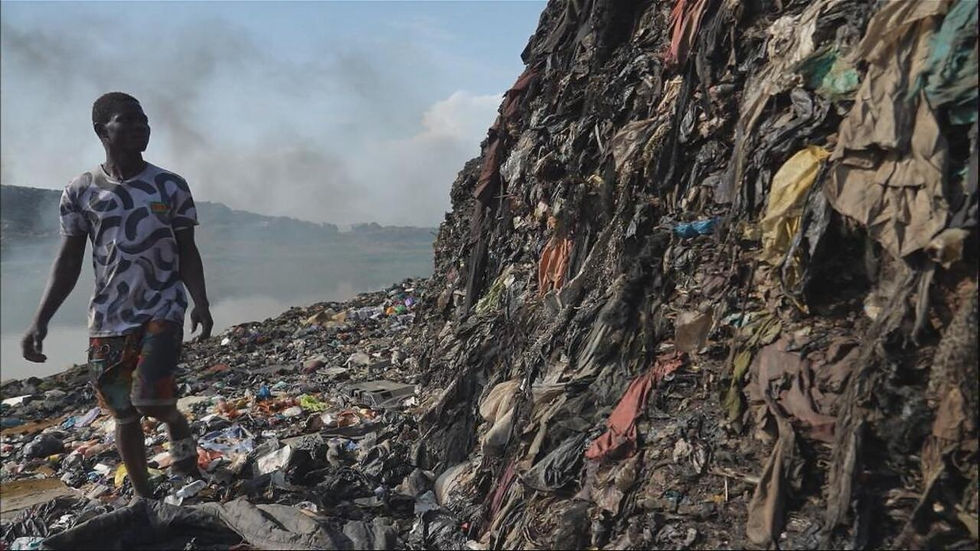Alboran Sea, microplastics problem and incorporation into the food chain
- Paola Cano
- Jul 25, 2021
- 2 min read
The production of plastics began in the 50s of the last century, it is estimated that each year more than 300 million tons are produced each year, of which 8 million go to the bodies of water. Since its production began, more than 8 billion kg of plastics have been manufactured, of which it is estimated that more than 6 billion are no longer in use.
Following these data, in 2050 at this rate there will be more plastics than fish in the sea. Which brings us to the next question,
A study by the CSIC shows that dolphins have chemical pollutants in the liver, fat and brain causing diseases such as cancer and other pathologies.
In addition, it indicates that, if it is present in dolphins, it will also be present in other fish that we eat, incorporating microplastics not only in their food chain but also in ours.
At present, 1.25 million fragments per km are found in our waters, which indicates levels 4 times higher than those of the Pacific Island of Plastic, these remains mostly come from Spain and Turkey, followed by Italy.

Plastic pollution in the Mediterranean in figures:
Europe (the 28 members of the EU + Norway and Switzerland) is the second largest plastics producer in the world, after China. Due:
27 million tons of plastic waste are produced each year.
Between 70,000 and 130,000 tonnes of microplastics (fragments smaller than 5 mm) and between 150,000 and 500,000 tonnes of macroplastics (the equivalent of 66,000 garbage trucks) end up in the Mediterranean Sea and other European seas every year.
The Mediterranean accumulates only 1% of the world's water and 7% of global microplastics.
The Mediterranean basin (the coastal area) is home to 150 million people who produce the highest amounts of solid urban waste per capita, between 208 and 769 kilos per year. Tourists visiting the Mediterranean during the summer increase marine litter by 40%. The remains also reach the sea through rivers, mainly the Nile, the Ebro, the Po, the Rhone, and the Ceyhan and Seyhan rivers in Turkey.
Plastic pollution affects key economic sectors in the Mediterranean, especially fishing and tourism. It is estimated that marine litter is worth the EU fishing fleet about 61.7 million euros each year, due to reduced catches, damage to vessels and reduced demand for shellfish due to the concern about its quality.
Key facts about wildlife and plastic pollution:
In the Mediterranean Sea, ingestion by plastic threatens 134 species (fish, sea turtles, mammals and birds).
It is estimated that 18% of tuna and swordfish populations have plastic remains in their stomachs.
All sea turtles that live in the Mediterranean have ingested plastics. In some specimens up to 150 fragments of this material have been found.
It is estimated that 90% of seabirds have plastic fragments in their stomachs.
Plastic debris in the marine environment contains organic pollutants, such as pesticides, PCBs, phthalates or bisphenol A. As soon as plastic pollutants enter the body, they interfere with important biological processes, causing liver damage and hormonal disruption.
Fuentes de información:
Sigue leyendo... La problemática de los plásticos y los microplásticos: Producción, contaminación e incorporación a la cadena trófica CSIC
Sigue leyendo... (Inglés) Microplásticos y el sector del agua EUREAU
Sigue leyendo... Según la WWF el Mediterráneo está en peligro de convertirse en una trampa de plástico.





For many autistic people, "masking" or "camouflaging" their traits is a subconscious survival strategy. The Camouflaging Autistic Traits Questionnaire (CAT-Q) is a tool designed to measure this. You can take the CAT-Q online to better understand your own masking behaviors.
Qué artículo tan inspirador y bien estructurado. La claridad de las ideas presentadas invita a profundizar en el autoconocimiento. Esto me recuerda que a veces necesitamos un estímulo externo para desbloquear nuestra intuición. En mi búsqueda de herramientas de meditación y enfoque, descubrí un sitio para realizar una lectura de tarot virtual. Fue una experiencia sorprendente que me ayudó a conectar con mi intuición de una forma nueva y refrescante.